Growing Japanese Maples in Pots PlantingTree
Container Japanese Maples should be kept in dappled shade and watered whenever the top 1-2 inches of soil feels dry. Use coarse potting mix and make sure the pot has drainage holes. Your Japanese Maple's pot should be a few inches wider than the root mass. Size up the container or prune the roots every 3-4 years.

Potted Trees the Best Container Trees to Grow in Pots Garden Therapy
Plant your tree at the same depth it was at in the nursery pot and keep the soil moist, but not soggy. Fertilize the potted plant weekly with half-strength liquid fertilizer from spring through mid-summer, and stop fertilizing after the end of July. Avoid keeping your potted Japanese Maple in a hot, sunny place or where it will get a lot of wind.

Japanese maple Acer Katsura 9cm pot . Dwarf garden plant . container or pot Broadway Road
Dwarf Japanese maples, reaching maximum heights of 3 to 10 feet, can be grown inside homes and apartments. Plant these trees in a ceramic glazed or terracotta pot filled with moist, loamy, acidic, well-draining soil. Ensure the pot has adequate drainage holes. Place the pot in a sunny location. A room with a south-facing or east-facing window.
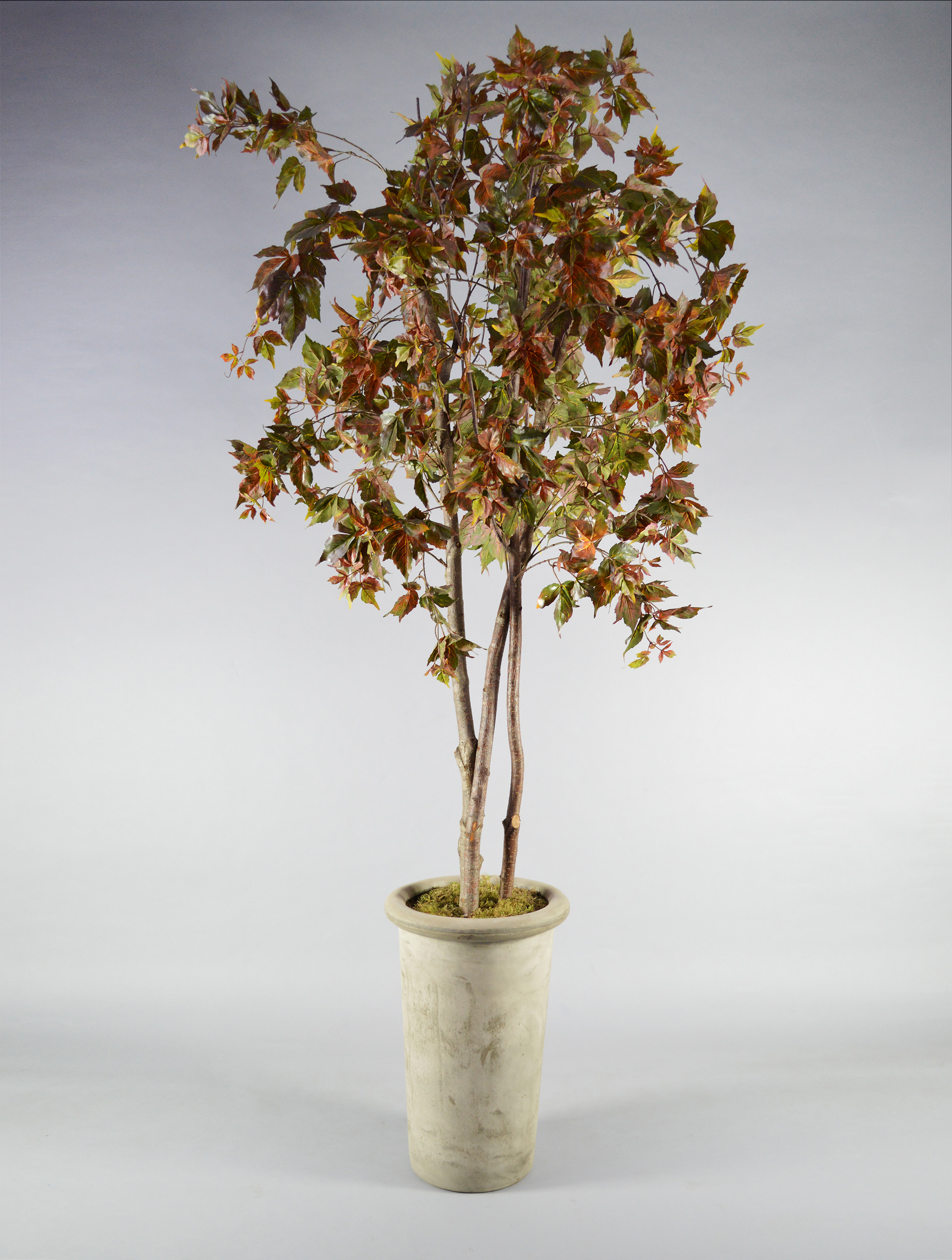
Potted Maple West Coast Event Productions, Inc.
Maple trees can be grown in pots both outdoors and indoors. Choose a ceramic glazed or terracotta pot with proper drainage holes. Use moist, loamy, acidic soil that drains well. Regular watering, fertilizing, and winter protection are important for container-grown maple trees. Smaller varieties like dwarf Japanese maples are commonly chosen for.
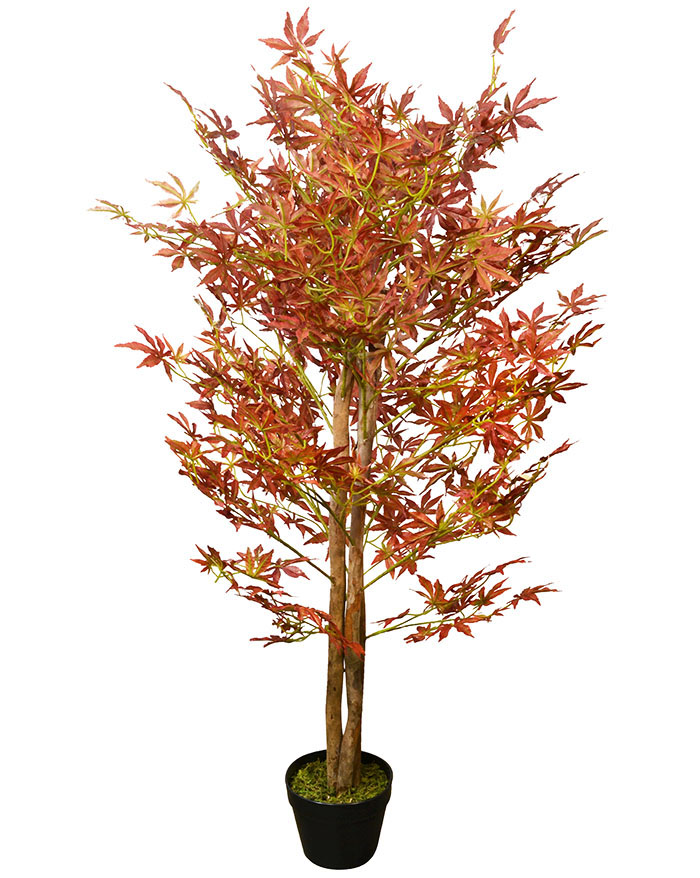
Maple Tree in Pot Artificial Trees
Step 1. Start by digging your planting hole at least three times as wide and as deep or not much deeper than the root ball of your maple tree. The wider the hole the better. Place native soil removed from planting hole around the perimeter of the hole, in a wheel barrow, or on a tarp. Step 2.

Growing Japanese Maples in Pots PlantingTree Japanese maple, Potted trees, Japanese maple tree
Download Article. 1. Aim to keep the soil consistently moist at least 6 in (15 cm) deep. A few days after planting the tree, dig a small hole to a depth of 6 in (15 cm) near the edge of the mulch bed. If the soil is dry, add water to the entire mulch bed until the soil is damp but not soaked at the bottom of the hole.
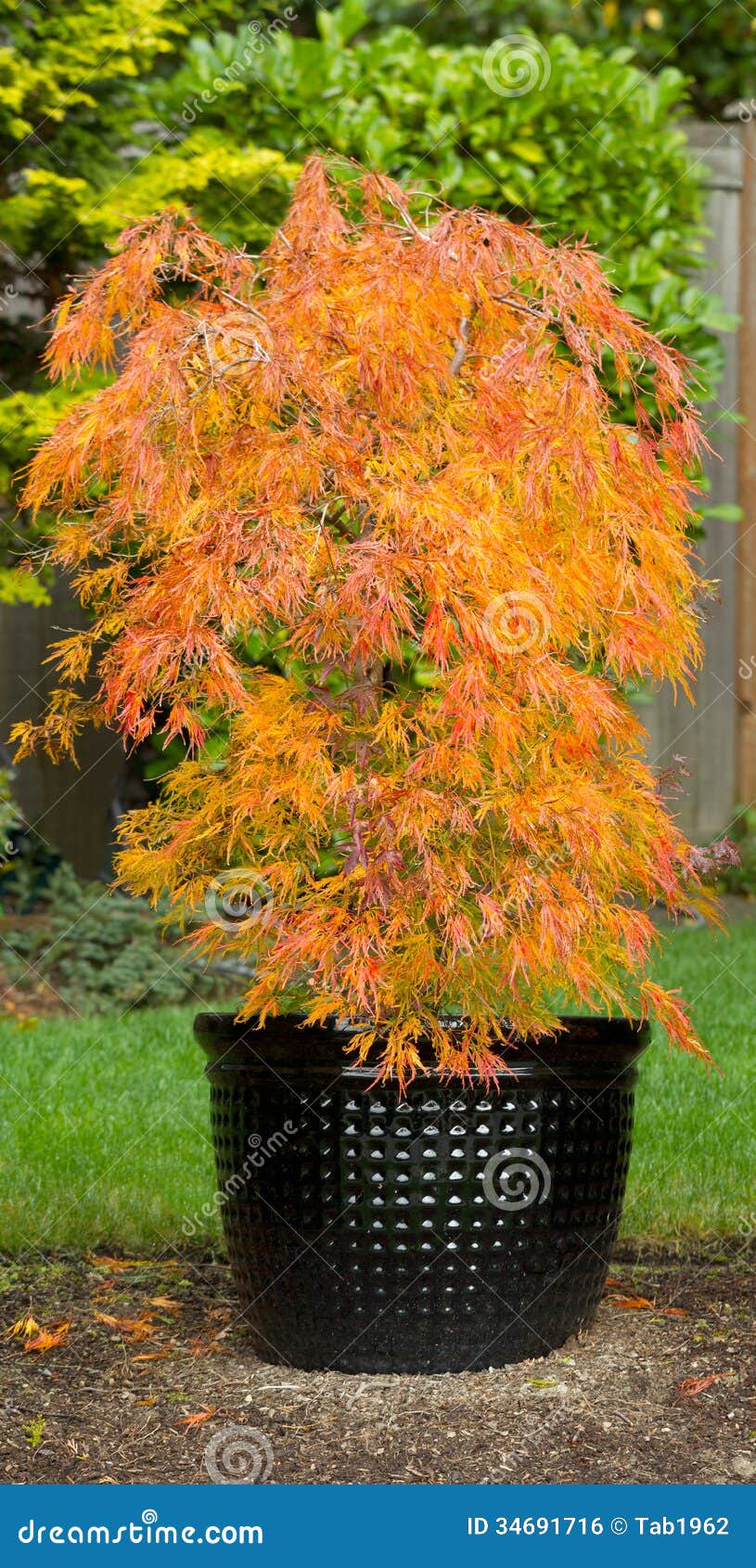
Small Japanese Maple in Pot during Autumn Season Stock Photo Image of outdoor, green 34691716
Break off the wings and soak the seeds in room temperature water for 24 hours before planting. If you're planting a species that requires cold stratification, place the seeds in a moist mixture of equal parts sand and vermiculite in a resealable plastic bag or jar, and put it in the refrigerator. Keep the medium moist.
Large specimen Acer (Japanese Maple) in terracotta pot. in Witney, Oxfordshire Gumtree
12-16 inches of pot would be ideal for the dwarf maple tree. You can begin by planting the tree in a smaller pot, too, and re-pot when the tree gets bigger. Since maple trees are slow growers, it could mean you may have some time before you would have to update the planter.

Potted Japanese Maple in Glazed Ceramic Pot Japanese maple garden, Japanese garden landscape
Conclusion. Most varieties of maple trees can be grown in pots, although they may need to be repotted more often than trees grown in the ground. The size of the pot will need to be increased as the tree grows. You can grow a maple tree in a pot, but it is not recommended. Maple trees need a lot of space to grow and thrive, and a pot will not.
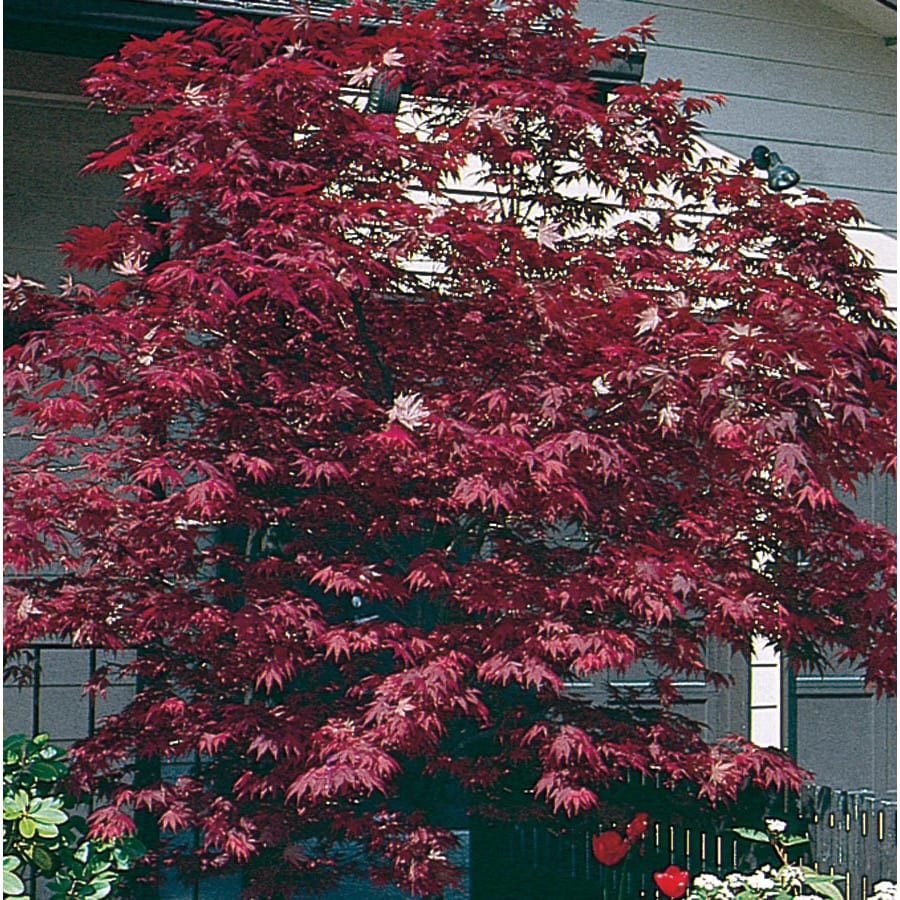
15Gallon Red Assorted Upright Japanese Maple Feature Tree in Pot (With Soil) (L5413) at
Maple Leaves Forever is pleased to provide this month-by-month outline of maple maintenance and planting for your reference! Click for article. Caring for recently planted maples (Overview) This overview covers the attention and care necessary to ensure survival and growth in your tree's first years after planting. Click for article.

Growing Japanese Maples In Containers · Cozy Little House
Use good quality potting soil to fill the pot. Once the tree is potted, water it well. This helps to settle the roots in the soil. Don't fertilize until spring, and even then dilute a water-based fertilizer to half-strength. If over time, you see that the roots of the Japanese maple in a pot touch the side or bottom of the container, it's.

Japanese Maple I want one... even better that it can be contained and moved in a pot!
Growing maple trees from cuttings. Growing maple trees from cuttings is an easy way to get free saplings for your garden. Take 4-inch (10 cm.) cuttings from the tips of young trees in midsummer or mid-autumn, and remove the leaves from the lower half of the stem. Scrape the bark on the lower stem with a knife and then roll it in powdered.
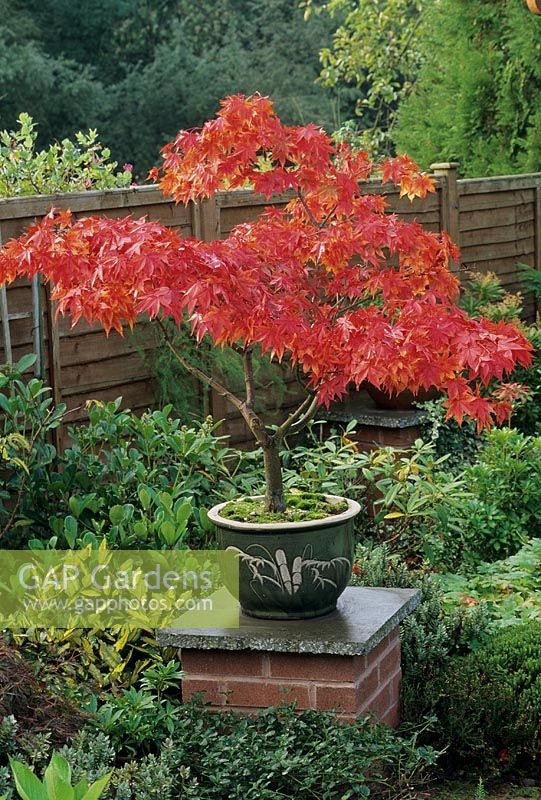
Acer palmatum 'Osaka... stock photo by Graham Strong, Image 0096671
Therefore if you buy a tree in a one-gallon pot, choose a container that holds two or thee gallons of soil.. An elegant specimen of 'Red Dragon', an ideal Japanese maple for your container garden and a perfect selection if you want to try growing trees in pots. It's one of Patricia Smyth's favorite weeping varieties. Photo credit: stock.

Japanese Maples Japanese maple garden, Potted trees, Potted trees patio
Repeat the process of watering and adding soil until the pots are mostly full. Use your finger to poke one or two holes in the dirt of each pot. The holes should be about ½ to 1 inch deep. If desired, remove the paperlike casing from each maple seed, taking care not to damage the seed.

EasytoFollow Tips for Growing Trees In Pots Horticulture
Quick tips for growing a Japanese maple in a pot. Plant the Japanese Maple in a pot several inches larger than the root ball. Use a well-drained and nutritious organic matter-based soil. Place the Japanese Maple pot in a location with 4-6 hours of direct sunlight per day. Water when the soil in the pot is 2 inches dry. Fertilize the tree once a.

EasytoFollow Tips for Growing Trees In Pots Horticulture
A desirable Japanese Maple, Acer palmatum 'Aka Kawa Hime', is smaller than 'Sango kaku'. It has delicate foliage, turning yellow-green in spring, green in summer, and gold, yellow, and red in fall. The tree's coral-red bark adds a splash of color in winter. It's great for small gardens and containers. Add to Collection.